Josh Goldberg
Microfrontends at Scale
#1about 4 minutes
Understanding the problems with monolithic frontend applications
Large, aging monolithic applications suffer from slow build times, increased complexity, and code degradation over time.
#2about 2 minutes
Solving monolith problems with a microfrontend architecture
Microfrontends split a large application into smaller, independent projects to enable faster, isolated builds and deployments.
#3about 3 minutes
Routing traffic to microfrontends with edge workers
Edge computing services like Cloudflare workers can efficiently route user requests to different frontend applications based on URL paths.
#4about 5 minutes
Choosing between client-side, SSR, and static generation
Microfrontends allow you to select the optimal rendering strategy—client-side, server-side rendering (SSR), or static site generation (SSG)—for each part of your application.
#5about 1 minute
Creating a cohesive user experience with design systems
A design system provides a collection of shared visual components and standards to ensure a consistent look and feel across all microfrontend applications.
#6about 5 minutes
Organizing UI components using the atomic design methodology
Atomic design provides a clear methodology for structuring a design system by breaking down interfaces into atoms, molecules, organisms, templates, and pages.
#7about 4 minutes
Best practices for documenting a design system
Effective design systems require thorough documentation, and tools like Storybook and TypeScript can create interactive and type-safe component libraries.
#8about 4 minutes
Q&A: Maintaining consistency and choosing frameworks
This Q&A covers the challenges of coordinating design system updates and recommends frameworks like Next.js for building hybrid SSR and SSG applications.
#9about 6 minutes
Q&A: Vertical splitting, horizontal splitting, and monorepos
This Q&A explores architectural choices like vertical splitting by page versus horizontal splitting by component and discusses the benefits and complexities of using a monorepo.
#10about 8 minutes
Q&A: Managing state, component logic, and versioning
This Q&A addresses how to handle versioning, populate complex components with data, encapsulate logic, and avoid sharing state directly between microfrontends.
Related jobs
Jobs that call for the skills explored in this talk.
Matching moments
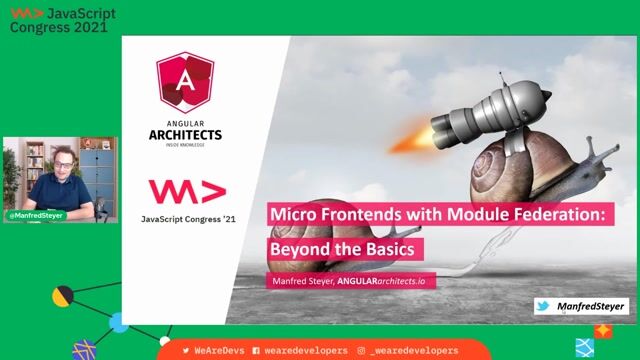
00:18 MIN
The role of micro-frontends in scaling development teams
Micro-Frontends with Module Federation: Beyond the Basics

27:46 MIN
Combining micro frontends with an islands architecture
Multiple Ships to the Island - Micro Frontends & Island Architectures

10:34 MIN
Implementing microservice and micro-frontend architectures
Crew Management System for Airlines: Plan duties for pilots & flight attendants worldwide
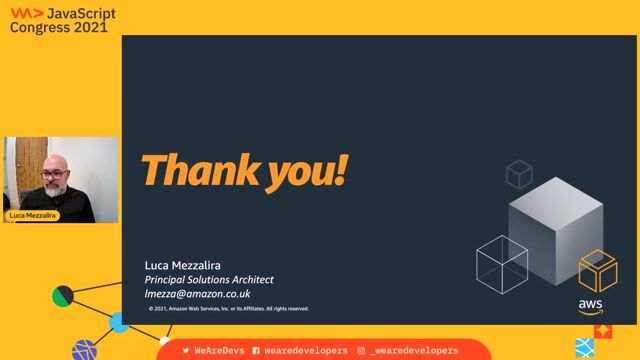
33:55 MIN
Audience Q&A on practical micro-frontend challenges
Micro-frontends anti-patterns

00:11 MIN
Understanding the purpose and benefits of micro-frontends
Stairway to Heaven - Scaling Frontends the Right Way
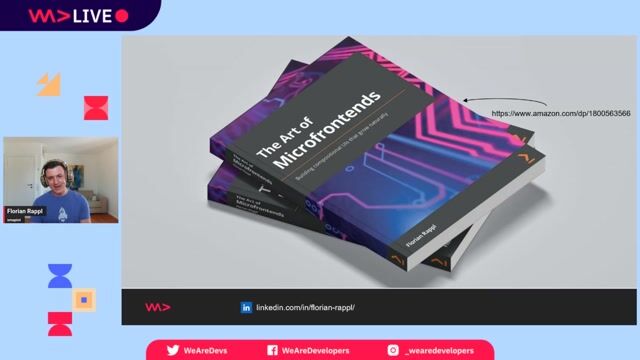
01:13 MIN
Micro frontends are an organizational pattern for scaling teams
Multiple Ships to the Island - Micro Frontends & Island Architectures
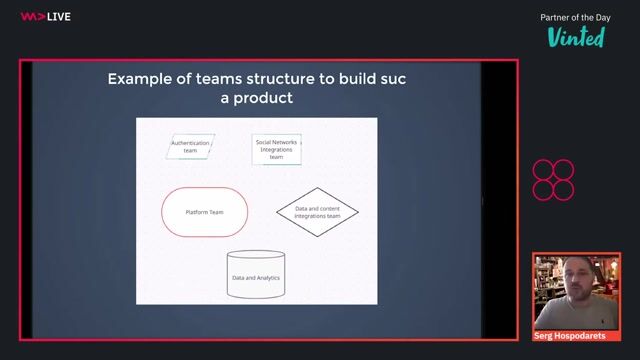
06:03 MIN
The architectural evolution from monoliths to micro-frontends
Front-End Micro Apps
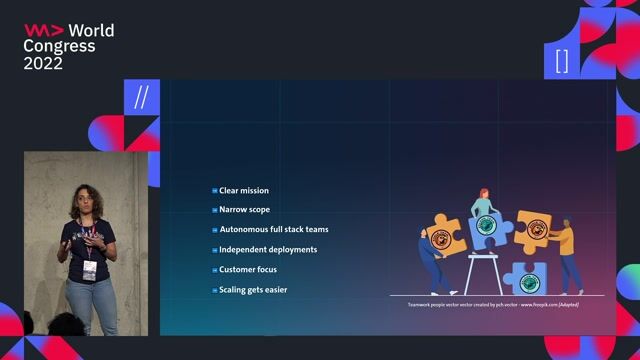
11:35 MIN
Integrating applications using a micro-frontend architecture
Building the Right Product and Building It Right: A Glimpse into Extreme Programming, Atomic Design
Featured Partners
Related Videos
 59:03
59:03Multiple Ships to the Island - Micro Frontends & Island Architectures
Florian Rappl
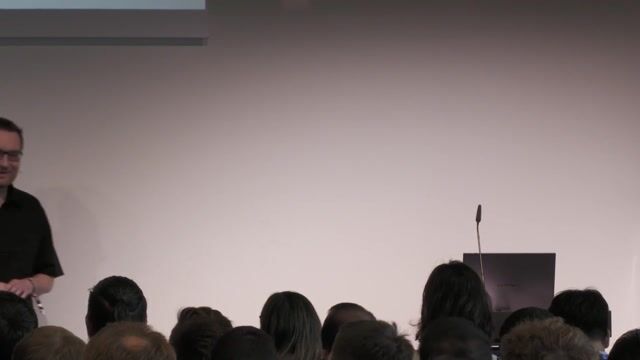 40:05
40:05Stairway to Heaven - Scaling Frontends the Right Way
Florian Rappl
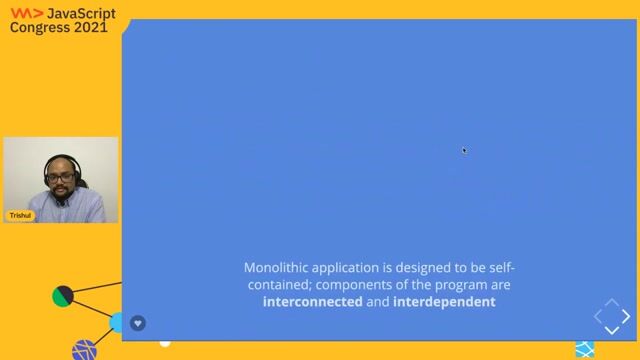 41:49
41:49Destructuring Frontend monoliths with MicroFrontends
Trishul Goel
 24:47
24:47Advanced Micro Frontends: Multi-Version and Multi-Framework Scenarios
Manfred Steyer
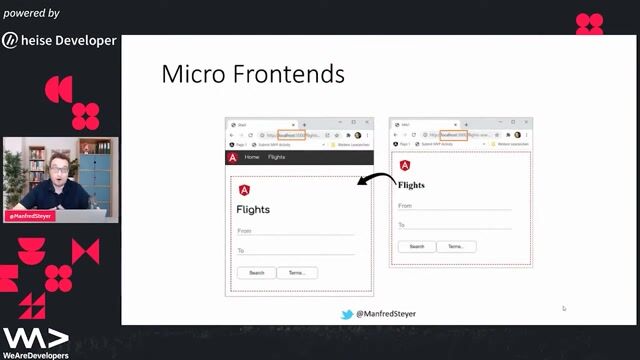 45:40
45:40Micro Frontends with Module Federation: Why and How?
Manfred Steyer
 35:17
35:17Front-End Micro Apps
Serg Hospodarets
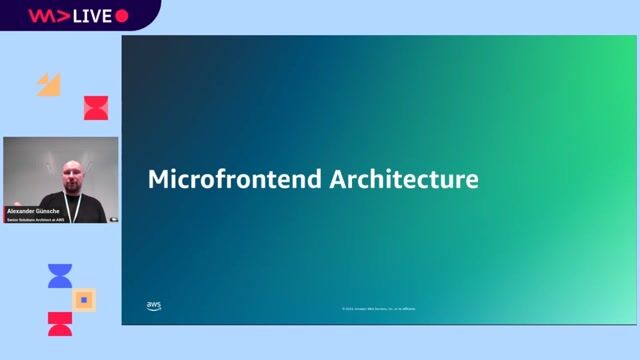 54:39
54:39Interface Contracts in Microfrontend Architectures
Alexander Günsche
 32:17
32:17Web-Fragments: incremental micro-frontends migration approach for enterprise
Igor Minar & Natalia Venditto
Related Articles
View all articles



From learning to earning
Jobs that call for the skills explored in this talk.



Frontend-Focused Fullstack Developer (React / Next.js)
Rocken AG
Aarau, Switzerland
Remote
€83-111K
REST
React
NestJS
+3

Frontend Engineer (Growth)
Creative Fabrica
Amsterdam, Netherlands
Remote
React
Next.js
Terraform
TypeScript
+4

Senior Frontend Engineer (React/Next.js) / UX Engineer (80%-100%)
dlocal
Zürich, Switzerland
Senior
Go
API
CSS
React
Figma
+3


Frontend dev react.js / Next.js Blockchain en AI
Multiplied
The Hague, Netherlands
Remote
Intermediate
API
CSS
HTML
React
+5

Frontend Engineer (React/Next.js)
Adaptable
Birmingham, United Kingdom
Remote
Intermediate
CSS
GIT
React
Figma
+4
